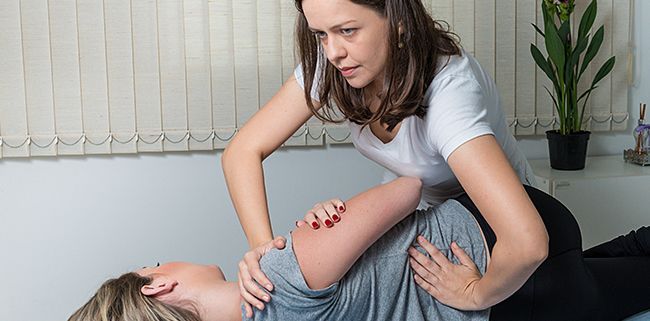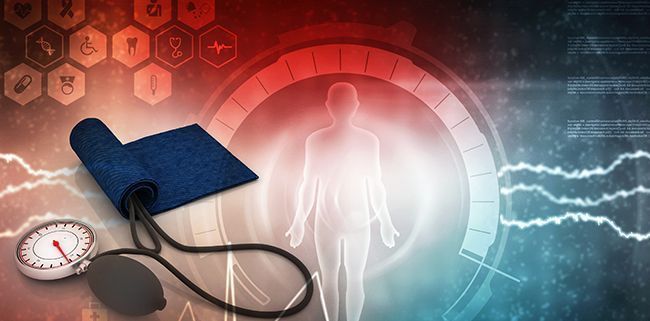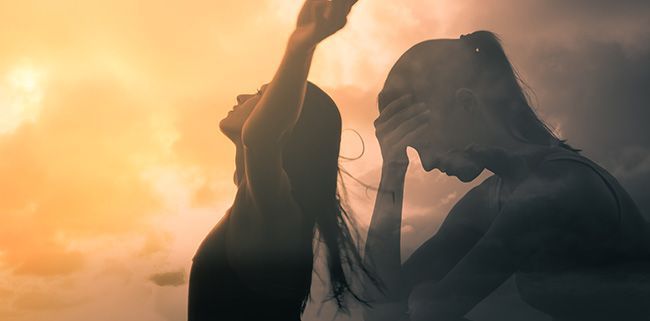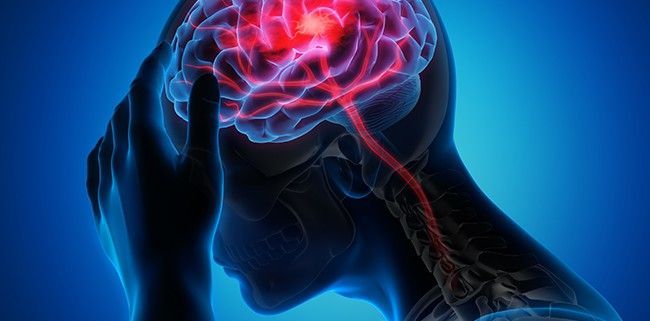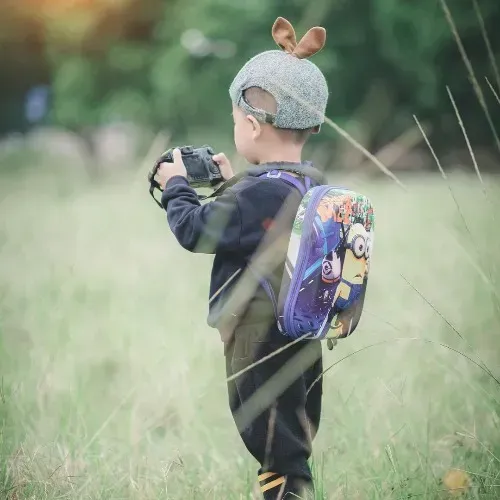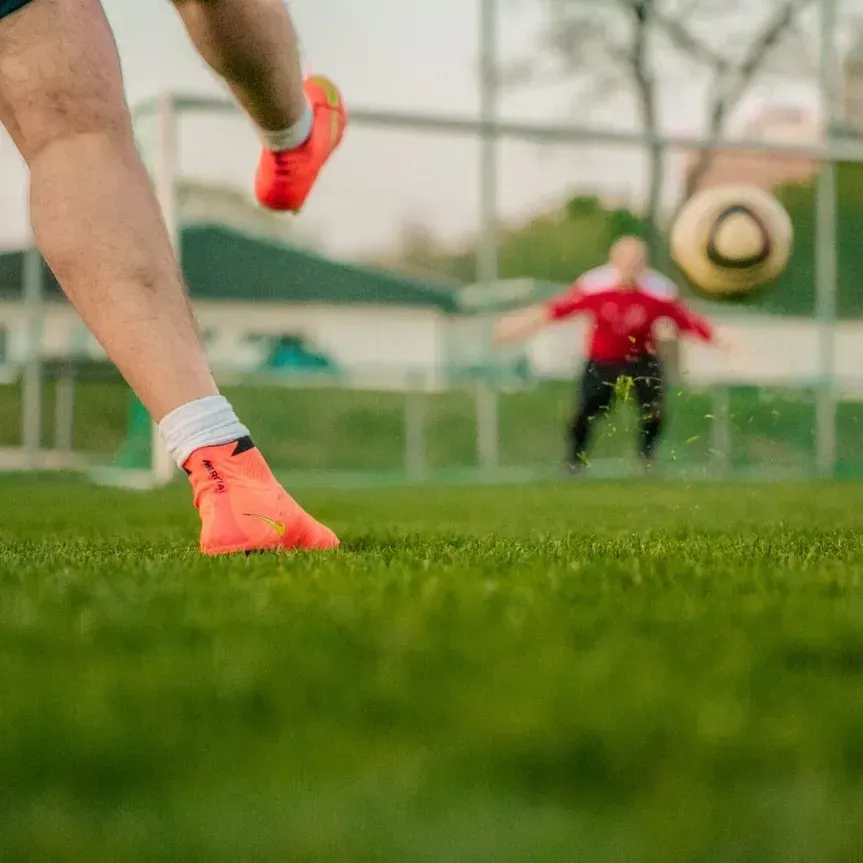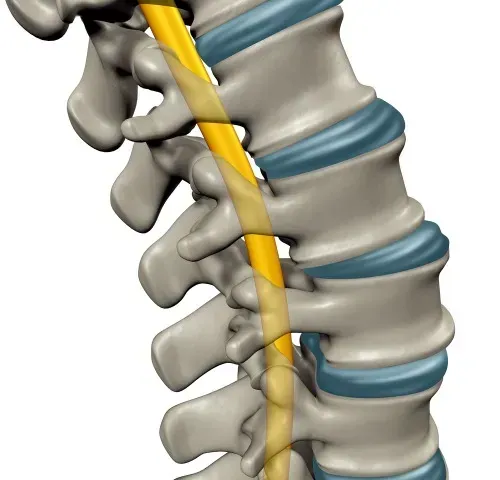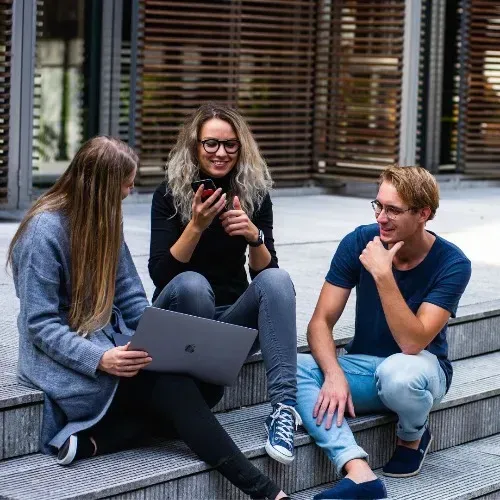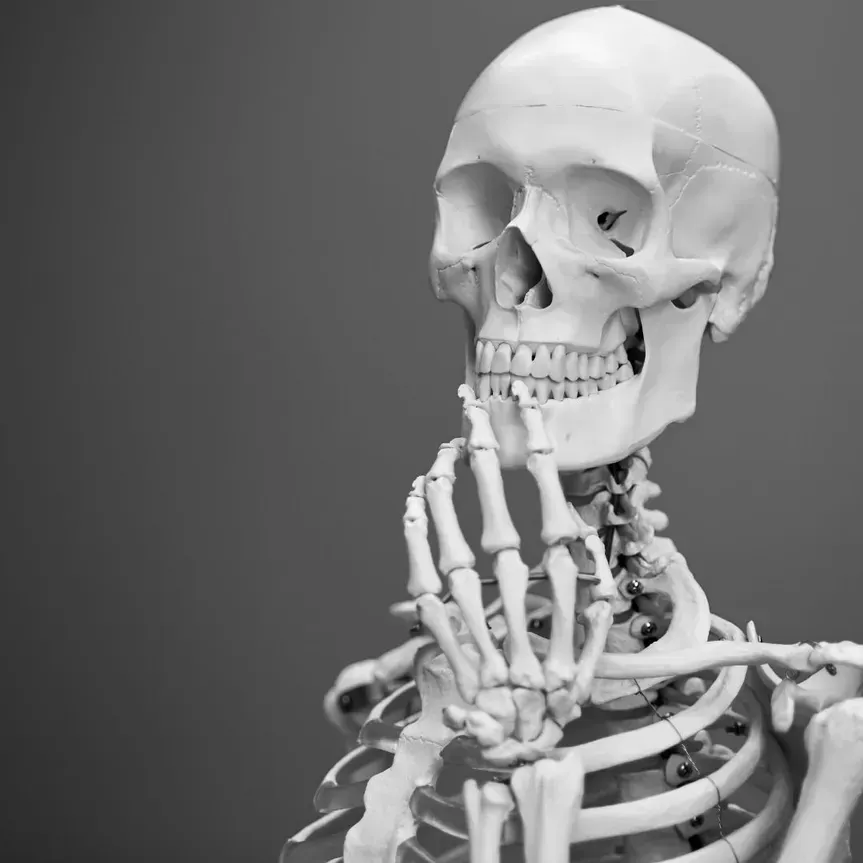What is Scoliosis?
Have you ever been told you have a scoliosis but have no idea what it means? Well, this month you’re in luck! Our blog will give you the low-down on scoliosis, so you don’t have to feel like you’re in the dark anymore.
What is scoliosis?
Let us first start with some anatomy. If you look at a spine from the front or back, each bone segment (or ‘vertebrae’) that makes up the spine should sit on top of each other in a nice straight line. Change the view to look at the spine from side-on and you will notice that there are inwards and outwards curves at different levels from top to bottom. These are natural curves and this structure is how the spine functions at its best to allow us to move whilst supporting all of the components that attach to it, inside our bodies.
- Cervical = 7 vertebrae
- Thoracic = 12 vertebrae
- Lumbar = 5 vertebrae
- Sacro-coccygeal = approximately 9 fused vertebrae (we say ‘approximately’ because there is variation from person to person)
Keeping our side view, the cervical and lumbar regions take on a c-shaped curve, whilst the thoracic and sacro-coccygeal regions take on a reverse C-shaped curve. The spine is happy this way, but not all spines stay this way.
Going back to our front or back view, sometimes a sideways curve develops which takes the spine out of its straight line. This is ‘scoliosis’.
Types of scoliosis
Each case of scoliosis can be categorised into either:
- Functional : The curve in the spine is being caused from an issue elsewhere in the body. A common example here is a difference in leg length causing the hip to hitch up on the longer side. The spine will curve to the side to compensate and keep the eyes level with the horizon. If we take the legs out and have the person sit down, the curve will straighten or resolve completely.
- Structural
: There is an actual physical curve in the spine of which the cause could be numerous, such as prior trauma or genetics. For example, a person has a sideways curve, but no difference in leg length is seen. These types of scoliosis need to be monitored carefully to ensure they do not progress and lead to complications in the future.
For 80% of cases, scoliosis has no clear cause. These cases are called ‘idiopathic’ and they can happen at any stage in life from infancy to adulthood. The most common time for scoliosis to develop is during adolescence, with females being more affected than males. Sorry ladies!
The remaining 20% of cases have known causes stemming from neurological disease, genetic defects, osteoporosis and age-related degeneration (and many others).
Lots of people have small sideways curves in their spines and aren’t even aware of it because they are symptom-free. It’s actually rare to find people with perfectly straight spines. It’s when the curve of the spine progresses to a more severe angle when problems start to arise.
Common signs and symptoms include:
- Poor posture, including uneven shoulder or hip heights
- Shoulder or rib humping when bending forward
- Muscle weakness
- Pain anywhere along the spine or around the neck, shoulders, ribs or hips
For a lot of people there is an aesthetic element to scoliosis due to the fact it can cause altered posture and humping. This is often a driving factor behind why people seek help in the first place. Progressive or severe cases of scoliosis can have a negative effect on the rib cage leading to breathing and heart problems. If scoliosis is caught early and the correct treatment is given, then there is a good chance these types of problems can be avoided altogether.
You mentioned treatment?
We did! The good news is there are lots of treatments available. The first thing you should do is see us for a full assessment. Some cases can be resolved relatively easily. Take our above example of the functional scoliosis driven by a difference in leg lengths. Prescribing a heel raise or orthotics in this case can help to correct the leg length issue, which will help to reduce or resolve the scoliosis. Not all cases are as simple as that, but we do see it.
Structural cases need to be caught as early as possible for the best outcomes to occur. Treatment can consist of a combination of spinal manipulation (to treat pain and movement issues), mobility and strengthening exercises, and bracing methods (to re-train the spine position and stunt progression). There is widespread evidence on the use of the Schroth method and SEAS (Scientific
Exercise
Approach to
Scoliosis) program in the treatment of scoliosis. Have a chat to us about these next time you’re in the clinic to learn more!
With these awesome treatment options in place, it is becoming increasingly rare to see a scoliosis case go down the route of spinal surgery to correct alignment. These options are there for severe cases that do not respond to the above methods first. The key is early detection! So please do not hesitate in contacting us on
07 4721 1011 if you have been told or think you have a scoliosis. We are here to help guide you from start to finish!
